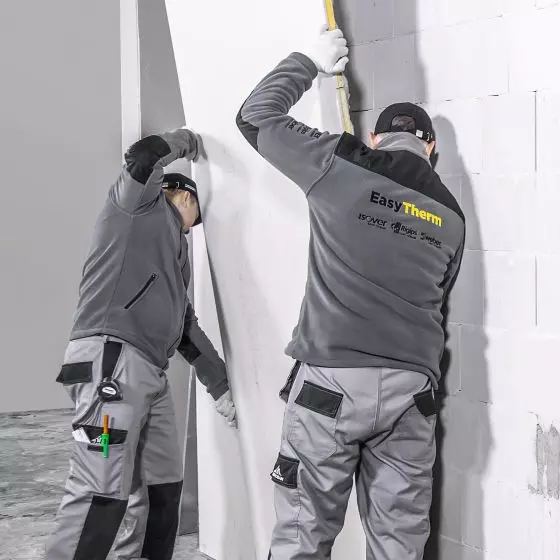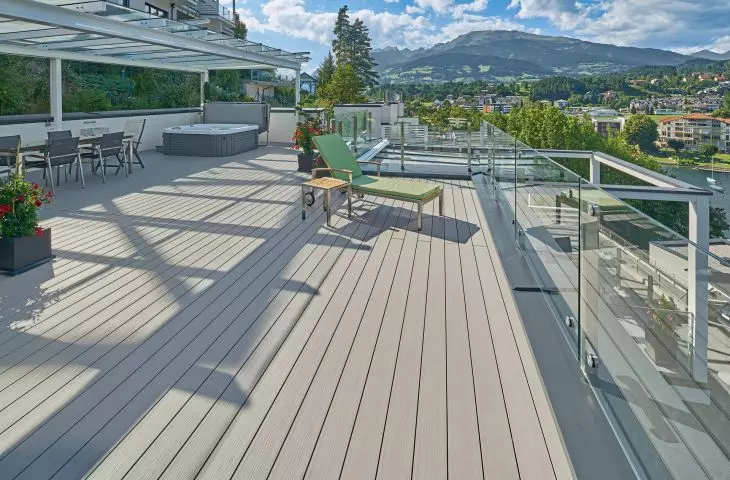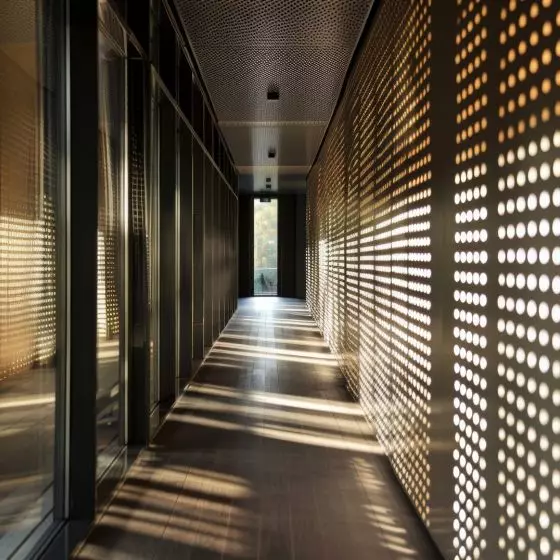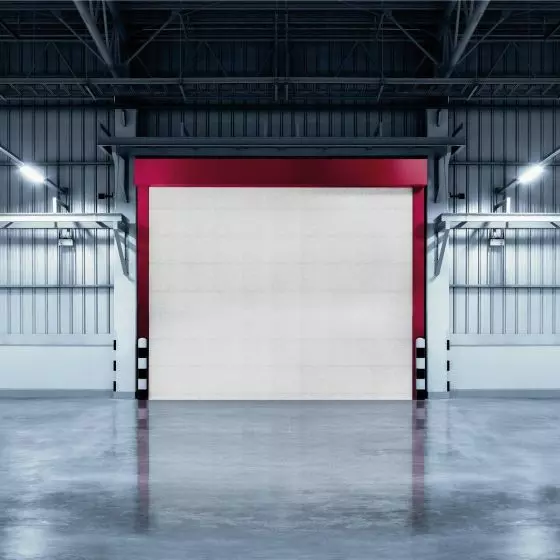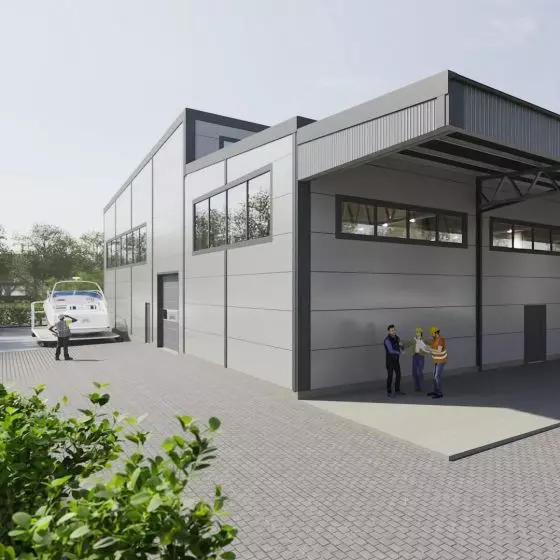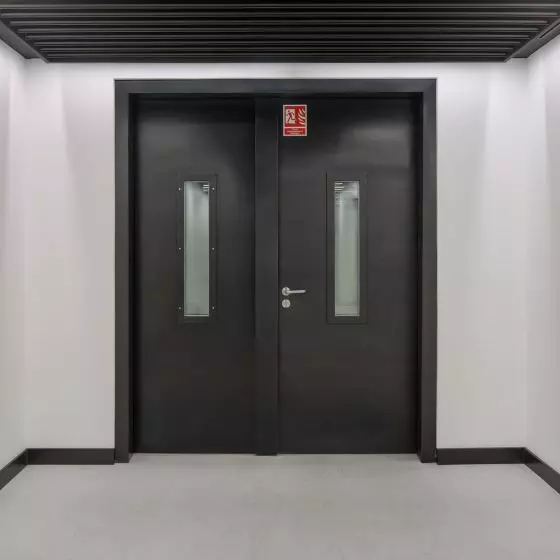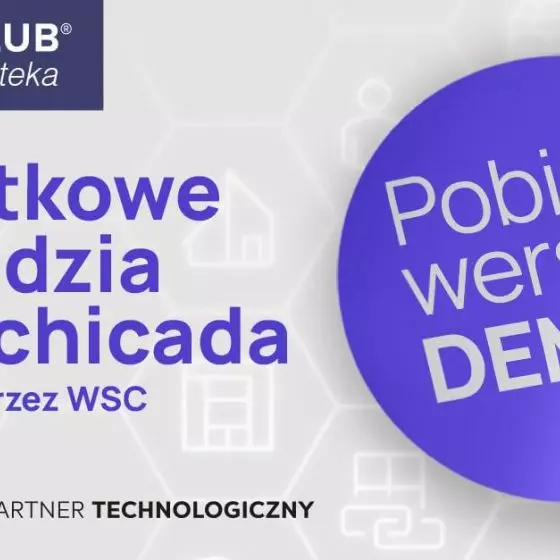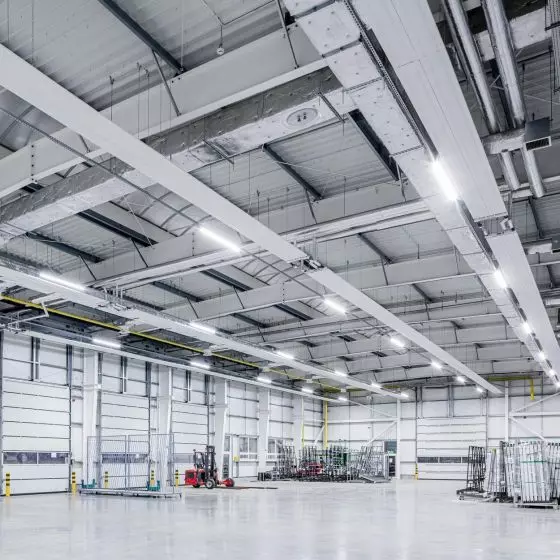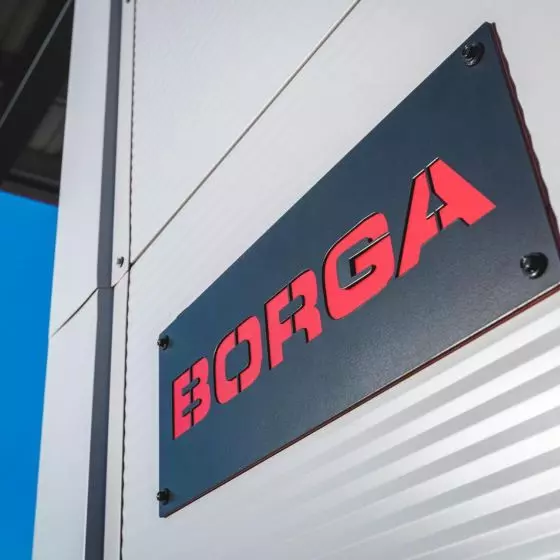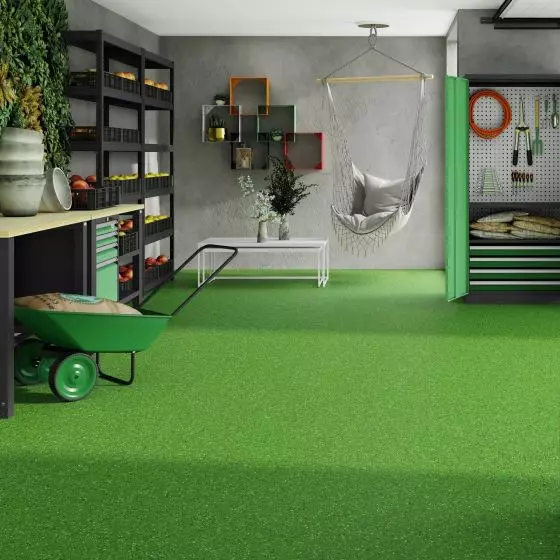From the series "Terraces, doormats, floors – trends 2023"
A flat roof on a residential, office, hotel, or other public building can be an additional space that is suitable for use for leisure, recreation or relaxation for the residents and users of the building. The requirement for the cladding material is not only beautiful design and durability (including fire and weather resistance), but also sustainability — sustainable production, use of recycled raw material or environmental impact during the operation of the building — is increasingly taken into account.
Such a roof should be finished with a material that will create a surface:
- providing safety in terms of slip resistance and fire performance;
- not overburdening the building structure and insulation layers;
- giving the possibility to create a terrace with interesting design and color;
- having all the approvals and certificates required in the construction industry;
- durable, easy to care for and requiring no maintenance.
A wide selection of boards for roof terrace
The above-mentioned conditions are met by Twinson composite decking systems manufactured by Deceuninck, which offers solutions for every type of building and suited to every architectural style. The Belgian manufacturer focuses on decking systems, building and joinery solutions that are sustainable, durable and 100% recyclable.
Roof terrace of the Ronald McDonald Foundation house at the Children's Clinical Hospital in Warsaw - Twinson Essential XL terrace system, graphite color
© Deceuninck
Twinson is a choice of four types of boards with a natural look, differing in color, surface texture and dimensions:
- TwinsonEssential Terrace and Twinson Essential XL chambered planks — ideal for simple, geometric shapes. The Essential Terrace plank has two surfaces to choose from — finely or widely fluted. The deeper, but narrow fluting of the surface of the widest (as much as 18 cm!) Essential XL planks causes an interesting arrangement of light, which can further emphasize the aesthetics of the entire terrace.
- Twinson Character Massive and Twinson Majestic Massive Pro solid boards — due to the possibility of precise cutting, they provide almost unlimited design possibilities when it comes to the shape of the terrace, such as making arched arrangements without finishing edges. They are double-sided — you can choose between a brushed or gently fluted surface in the case of Character Massive plank, and a fluted or smooth surface, with visible wood grains, in Majestic Massive Pro planks.
Each type of Twinson composite plank offers an interesting selection of natural colors
© Deceuninck
The surface of all Twinson planks is designed to meet the highest demands for appearance and quality, while providing better durability, strength and safety compared to wood planks, which naturally have splinters.
Ease of fit and installation
Twinson planks, together with structural and installation components in the form of aluminum joists, stainless steel angles, fasteners and adjustable brackets, create a durable, safe and aesthetically pleasing decking system. Deceuninck provides a complete, easy-to-install kit that allows for a self-supporting aluminum frame structure that can be easily leveled and allows the aluminum structural profiles to be joined at any angle.
The lack of the need to anchor the elements to the ground means that there is no risk of damaging the roof insulation layers during installation.
The weight of 1 m² of finished Twinson decking, depending on the type of board, is between 20 kg and 35 kg. Any designed ceiling can withstand such a load without the need for additional reinforcements.
Resistance to external factors
Roof terraces, due to their constant sun exposure, are exposed to strong UV radiation and constant changes in temperature and humidity of the environment. Therefore, the choice of plank material, as well as the method of production and quality, are extremely important, as these factors ensure dimensional and color stability.
Terrace on Park Avenue office building in Warsaw- Twinson Essential Terrace system, walnut color
© Deceuninck
Twinson planks are manufactured using coextrusion technology from a composite based on polyvinyl chloride (PVC) and softwood flour, which allows the creation of a plank with a specially reinforced core with minimal water absorption and a low coefficient of linear expansion. The use of PVC is particularly important here due to its high physical and mechanical parameters.
The high softening temperature (according to Vicat 80°C) indicates that even under such conditions the boards made with PVC matrix remain hard and scratch-resistant. At the same time, the correspondingly high elastic modulus MPa ≥2000 determines that Twinson planks do not become brittle and prone to cracking at low temperatures. Such parameters are unattainable for boards made with other plastics, such as HDPE and PP.
Safety of use
For terraces located on the roof or floor of a building, the same requirements are placed on resistance to external fire as for roofing — especially if the structure stands in the vicinity of other buildings. The roof layers must stop the source of the fire, giving time for the building's occupants to evacuate.
All components of the Twinson system were tested at the Building Research Institute and received Broof t1 approval. A model of the terrace in all configurations of the system was tested, along with a typical arrangement of roof layers (waterproofing, thermal insulation). It is very important to know that the Twinson decking system can be installed over a roof system that is also Broof t1 approved (including bituminous coverings) and slopes up to 20 degrees, and not only on A1 non-flammable subfloors (e.g., concrete screed) and slopes up to 3 degrees, as required by some composite systems from other manufacturers.
The surface of Twinson boards is designed to prevent the risk of slipping on both dry and wet terraces. Tests at the Building Research Institute have shown that Twinson decking's PTV slip resistance is as high as ≥69, which means a high level of safety when using the terrace space.
Guarantee of durability and comfort
Another important argument for choosing Twinson boards for roof terrace cladding is the high SRI (Solar Reflectance Index). This is an indicator of the roof surface's ability to return solar energy to the atmosphere. Roofing surfaces with a higher SRI will be cooler than those with a lower SRI at the same solar exposure, especially on a sunny day.
The use of Twinson planks - especially in colors 522 "walnut" (SRI 24.3 ±1.1) and 509 "gray" (SRI 17.6 ±0.8) — on terraces surrounded by glass facades avoids the so-called "heat island", which significantly affects user comfort.
Implementation in the Radość Residence apartment building in Warsaw - Twinson Essential Terrace system (P9555).
The durability of Twinson systems is confirmed by a long manufacturer's warranty period: 10 years against technical defects and 25 years against biodegradation. In addition, Deceuninck offers a market-exclusive 10-year warranty for Majestic Massive Pro planks for color stability and resistance to food stains.
Twinson and green building
Most new office, industrial, retail, hotel, or school buildings are designed to keep their energy demand and environmental impact as low as possible (so-called green building, sustainable construction). In many developments of this type, designed terraces are located on the roof or floor of the building.
A sustainable building must have properly selected building and finishing materials. This is because the quality and type of materials used in a building determine its energy and raw material requirements during the process of obtaining or manufacturing these materials, as well as its energy requirements during the use and eventual decommissioning of the building, so throughout its life cycle.
Recreational terrace on the roof of the Villa Nova residential building in Warsaw - Twinson Essential Terrace system, steel color
© Deceuninck
For this reason, buildings are audited to obtain LEED and BREEAM certificates, which determine their environmental impact (also in terms of the materials used for construction). What does this look like in practice? For example, all office buildings under construction in Warsaw must have one of the aforementioned certificates, because the tenants of the space — usually international corporations — expect this from the investor.
In the case of highly processed materials, which include WPC composites, LEED and BREEAM certification requires:
- a report confirming the absence of volatile organic compound (VOC) emissions,
- possession of an appropriate certificate of origin for the wood used in the production of the composite, such as PEFC (Programme for the Endorsement of Forest Certification Schemes),
- an Environmental Product Declaration (EPD), which assesses the environmental impact of the material from manufacture to disposal.
Deceunick has documents proving that Twinson decking systems meet the aforementioned requirements. Choosing these products increases the rating in the building certification process.
Villa Nova is Poland's largest multi-family residential building in the passive standard, and has, among other things, the prestigious Darmstadt certificate.
In addition to the above documents, in order to be sure that the selected product meets all quality and safety standards, the supplier or manufacturer of the terrace system should be required:
- National Declaration of Functional Properties,
- National Technical Assessment of the Building Research Institute,
- PZH certificate.
For more information, visit the Twinson terrace manufacturer's website.
Mariusz Spychała
Sales manager — Investments and Distribution
e-mail: Mariusz.Spychala@deceuninck.com
M +48 609620015




